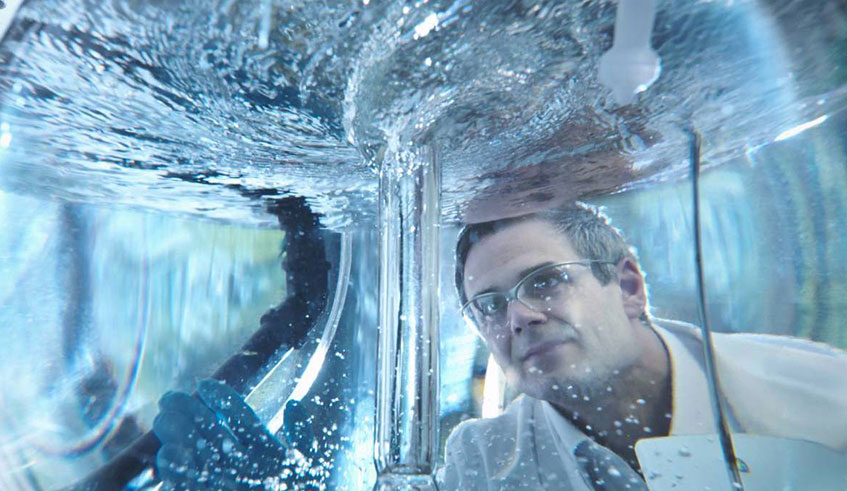

WASHINGTON, DC –The modern American economy was shaped by four major infrastructure initiatives, each of which was too big for the private sector to take on alone: the continent-wide railroad network, the interstate highways, the air traffic control system, and the Internet. Early development of all of them was supported by the public sector, and each dramatically reduced the cost of transport and communications, making it easier, cheaper, and safer to move goods, people, and information.




Existing efforts to address the problem of extreme agglomeration have gone nowhere. Improving access to affordable housing in these "superstar cities” requires significant zoning modification – a glacial process, or even a political nonstarter, in places like Boston, Washington, DC, or San Francisco. Policymakers could also work to improve transportation links between the rest of the country and these hubs of economic activity. But while high-speed trains work well in China and Europe, efforts to deploy them in the United States have gone precisely nowhere in recent decades. Expanding air routes could help some places, but the most dynamic cities already have crowded air space and a great deal of noise pollution.
A better approach, which we recommend in our new book, Jump-Starting America, is to increase dramatically public investment in basic science – the bedrock of research and development – and to spread this effort around the country. This strategy aims to boost productivity and strengthen national cohesion by connecting more people to more opportunities. Unfortunately, the US is not currently making the best use of one of its biggest advantages, relative to its international competitors: a lot of smart people are dispersed, for historical reasons, across many cities.
Our index of potential next-generation tech hubs identifies 102 places across the country that have large, highly educated populations, strong universities, relatively low housing costs, and easy commutes. These places are located in 36 states and are home to 80 million Americans. They included places like Rochester, New York (a natural new hub for research in photonics), Ames, Iowa (agricultural research), Huntsville, Alabama (aerospace), Orlando, Florida (computer simulation), and Baton Rouge, Louisiana (water and flood management).
Scientific infrastructure requires well-functioning traditional infrastructure. For example, Rochester and the surrounding area would benefit greatly from an airport upgrade. But good roads and safer bridges do not necessarily lead to improved productivity or even more good jobs in modern America.
The main priority now is not to create the potential for physical movement of people and goods –America’s road, rail, and air systems can already do this (though fixing more potholes is always a good idea). What the US needs to do is bring together talented people, from all kinds of backgrounds and education levels, in a way that encourages big new ideas and makes it easier to turn those ideas into products and companies.
Creating new basic knowledge involves spillover effects: because no one person or company can capture the full benefits, all private-sector entities will tend to underinvest. Broader social benefits can be promoted by local and state government, and there is some terrific work underway, including in the cities mentioned above. But below the federal level, governments’ ability to support productive investments is severely limited. Philanthropists are making some high-profile contributions, including through various foundations, but even the richest people do not have enough money to make a significant difference on a national scale.
The most productive and highest-impact use of federal infrastructure dollars would be to focus building (and rebuilding) on strong local pockets of technology development and smart people.
Jonathan Gruber is Professor of Economics at MIT.
Simon Johnson is a professor at MIT Sloan, a senior fellow at the Peterson Institute for International Economics, and co-founder of a leading economics blog, The Baseline Scenario.
Copyright: Project Syndicate.


